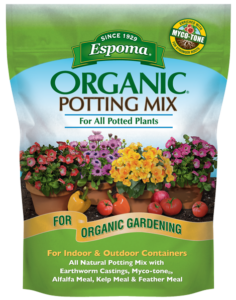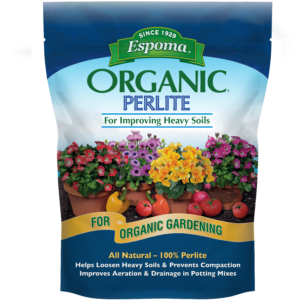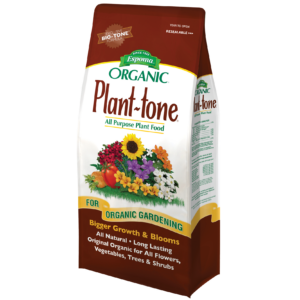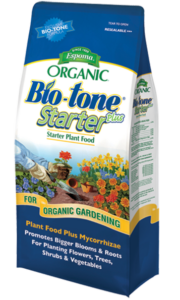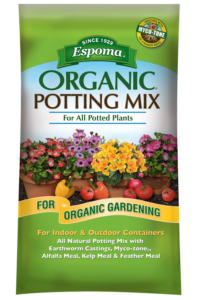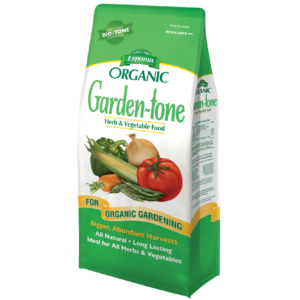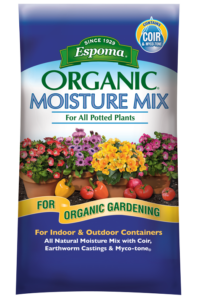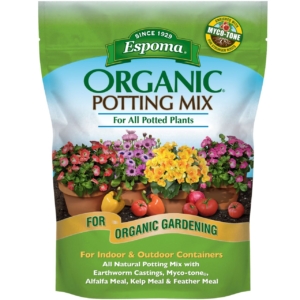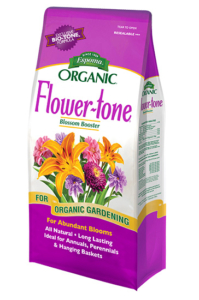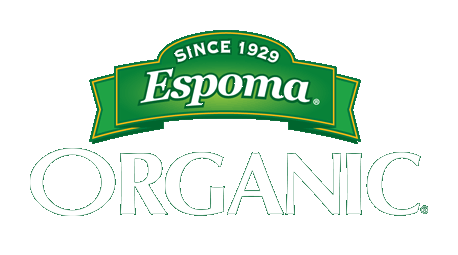VIDEO: Planting in BIG Reused Planters 🪴🌿 with Summer Rayne Oakes
Summer Rayne Oakes of Flock Finger Lakes turns three massive terracotta planters—rescued from a second-hand store —into statement containers for the garden. Because the pots are deep and heavy, she creates a lightweight false bottom with Espoma Organic Perlite, then tops it with Espoma Organic Potting Mix before planting a mix of ornamental grasses, pollinator favorites, and trailing accents.
Why Espoma Organic Potting Mix?
Espoma Organic Potting Mix is crafted for container success—indoors or out. It’s rich and fluffy for easy root growth, holds moisture without getting waterlogged, and drains well to keep roots happy. The blend includes organic ingredients and Myco-tone, a proprietary blend of mycorrhizae that supports strong root systems and helps plants use water and nutrients more efficiently. In large planters where every inch counts, that balance of aeration, structure, and organic nutrition is exactly what new plantings need to establish quickly.
Tips & Takeaways from Summer’s Container Build
- Use Perlite as a False Bottom.
A layer of Espoma Organic Perlite can work beautifully as a false bottom in oversized containers for shallower-rooted plants when you don’t need the full depth of soil. It also reduces the planter’s weight. But for deep tap-rooted or tree-like plantings, it’s best to skip this method. - Choose Plants for Season-Long Interest.
Summer anchors the pot with Pennisetum ‘Ginger Love’ for structure and gorgeous backlit plumes into fall and winter, then layers in Verbena bonariensis ‘Meteor Shower’ (pollinator magnet), sneezeweed ‘Morheim Beauty’ for warm tones, Beautyberry ‘Pearl Glam’ for three-season appeal, ornamental oregano (Oregon Kent beauties) for texture, and a trailing annual morning glory to spill over the rim. - Design for the View.
Think about the angle most people will see. Summer places taller plants toward the back and lets trailers cascade in the foreground to create depth and a “finished” look from the main viewpoint. - Shop Smart in Mid-Summer.
July–August can be slim pickings at local nurseries. If inventory looks tired, consider ordering online, mixing annuals with perennials, or planting what you can now and editing later. Containers are wonderfully changeable. - Plant for Pollinators and Wildlife.
By mixing grasses, flowering perennials, and nectar-rich annuals, Summer builds a container that feeds bees, butterflies, and other pollinators—bringing life and movement to her garden space.
Share your container build with us using #EspomaOrganic on IG—we’d love to see what you create!
Featured Products:

